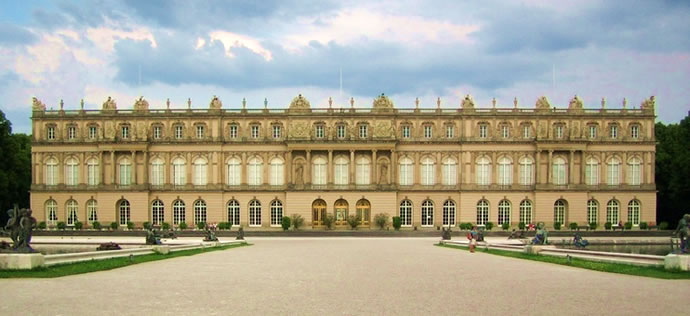Today in social sciences we have done some things. Firstly, when we've arrived to the class, we asked Paqui for the exams but she has said that she would give us at the end of the lesson. We also have asked her for our projects but her answer was the same.
When we have started the class, we have continued with the unit.
We have copied an scheme of Civil War (1918-1921):
-2 conforted armies: red army and white army
- The Bolsheviks mobilized a lot of soldiers and ordered the total requisition of food (war communism). Many people hid products and black market developed.
-Although the white army got the support of the western powers, the Bolsheviks finally won the war , but devastation was total in the country and 5 million people had died. The tsar and his family were also executed.
We have also copied the Lennis succession:
-Lenin died in 1924 and there were two candidates with opposed views of the USSR future.
- CANDIDATES: Trotsky wanted to export revolution to other countries (proletarian internationalism). Stalin wanted to consolidate revolution in the USSR (socialism in our country).
We have also copied some words in the glossary.
At 9:50, Paqui has given us the exams. I've got a 4.15 points. I've failed but at least I can pass the term if I pass the next exam. She also has given us the projects and I've got a 5, is not very good but is passed.
Here I leave a photograph of USSR map.

Source: http://www.theodora.com/maps/new8/ussr.gif








